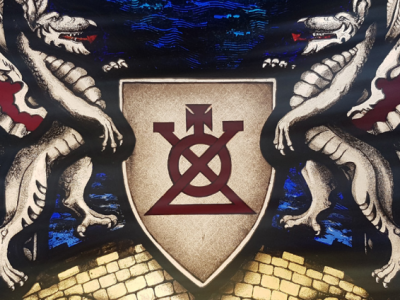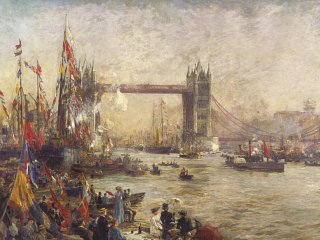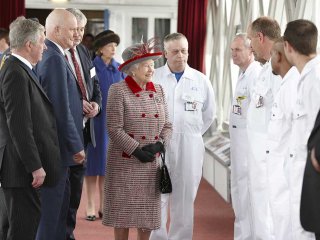The history of City Bridge Foundation
Imagine an organisation that has been around for over 900 years, is responsible for two of the world’s most famous structures and yet has operated under the radar for centuries. Even in London, its own city.
City Bridge Foundation (historically known as Bridge House Estates) is exactly that. It is the body responsible for the construction of both London Bridge and Tower Bridge, as well as various other structures and buildings around London, such as Southwark Bridge. But how did such an organisation come about?




